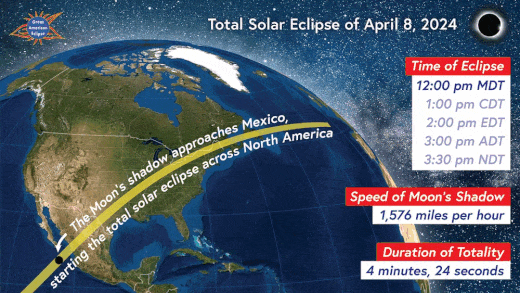Everyone knows what auroras are. Green Ghosts are still new to many observers. They're the green blobs on top of the red sprites. Experienced observers say they appear in as few as 0.2% of sprite photos.
"Tom Warner's green ghost is very clear--and certainly an unusual sight combined with aurora!" says Oscar van der Velde, an upper atmospheric lightning researcher at the Universitat Politécnica de Catalunya.
New research casts doubt on that explanation. A paper recently published in Nature Communications reports a Herculean effort to decode the color of Green Ghosts. About a month after Schyma discovered the phenomenon, a team of lightning scientists led by María Passas Varo of the Instituto de Astrofísica de Andalucía began chasing thunderstorms, hoping to catch a Green Ghost in the slit of their spectrograph. It wasn't easy. Green Ghosts appear unpredictably and often last for no more than a fraction of a second. Four years and 2000 spectra later, they managed to capture just one spectrum of a Green Ghost strong enough to study. The results surprised them.
Green Ghosts, it seems, are made of metal.
[full caption] [source]
This metal-rich stew is more like meteor debris than airglow. Iron atoms deposited by meteors burning up in Earth's atmosphere peak in abundance 85 km high--about right for the tops of the tallest sprites. Green Ghosts might thus be a type of "meteor fluorescence."
Or not. These conclusions are based on just one spectrum, and Green Ghosts may be far more varied than that. Stay tuned for updates as the research continues.
https://spaceweather.com/




















 RSS Feed
RSS Feed